The Introduction of the New Insolvency Rules has Changed Significantly the Creditors Voluntary Liquidation Process.
Given the recent insolvency rule changes, Tom O’Keeffe, a new insolvency administrator in our London team, has produced this review of one of the biggest areas of change: the entry into a creditors voluntary liquidation.
The Old Rules: Pre – 6 April 2017
The old Creditors Voluntary Liquidation process was to convene meetings of shareholders and creditors under S98 of the insolvency Act, giving a minimum of 7 days notice (effectively a minimum of 9 days taking the post into account). Meetings needed to be held at a venue which was considered to be convenient to creditors and a Statement of Affairs and Report on the Company’s history and failure were presented at the meetings.
Creditors could attend in person or by proxy, providing that they had submitted a Proof of Debt prior to the meetings. The resolutions passed at the meetings were to wind up the Company, appoint the Liquidator and agree the basis of the Liquidator’s fees.
The New Rules: Post – 6 April 2017
The thrust of the new rules is very much focused on speed and efficiency.
Insolvency practitioners and directors of insolvent companies are no longer able to hold physical meetings of creditors unless requested by 10% of creditors in value , 10% of the total number of creditors or 10 creditors (the “10:10:10” rule). Instead a virtual meeting needs to be held with written resolutions being sought or the requirement of a Deemed Consent procedure. Looking at these key areas in more detail:
- Notice requirements
Shareholder and secured creditor notice requirements are unchanged by the new rules.
Unsecured creditors must be given 3 business days (on receipt or deemed receipt) notice of the decision procedure.
A Statement of Affairs and SIP 6 Report on the Company can either be sent with the initial notice or sent to creditors so that they receive it at least one business day before the decision procedure date.
- Virtual Meeting Procedure
The notice is issued advising the date, time and joining instructions of the virtual meeting, which can simply be a telephone conference, for example. If a qualifying request is received, the virtual procedure is ended and notices of a physical meeting must be issued.
Some of the key Issues with virtual meetings are:
- Only two viable methods of holding a virtual meeting: telephone conference call or by webcam
- Difficult to verify someone’s identity over the phone
- If a large number of people attend, it can be difficult to get points across or know who is participating or if someone has been cut off or lost connection
Some of the positives with virtual meetings are:
- They encourage creditor participation
- More effective decision making is possible for the Liquidation
- Deemed Consent Procedure
A notice is sent to creditors advising that the company will be placed into Liquidation and a Liquidator appointed (so that the creditors voluntary liquidation process can begin), on a specific date (the Decision date) UNLESS an objection is received in accordance with the 10:10:10 rule.
- The key issues with deemed consent are:
- An objection to proposed resolutions automatically creates a requirement for a physical meeting
- Less creditor involvement and less effective decision making for the Liquidation
- Creditors can reject proposals without realising ramifications i.e. result in calling a physical meeting
- Deadline for returning documents or objecting is 23.59 on the decision day so it is unclear if the creditors have ratified the Liquidation until the following day.
- The main positives with deemed consent are:
- Straightforward and speedy appointment
- responses not required
- Lower costs.
Conclusions to the Changes to the Creditors Voluntary Liquidation Procedure
[cta-liquidation]
As ever, new rules can take some time to bed in. However, we think these are the main conclusions to be drawn:
- Creditors could miss deadlines. The change in Notice periods could result in creditors missing deadlines e.g. during holiday periods.
- Meeting locations no longer dictated by Geography. The introduction of Virtual Meetings and removal of the requirement to hold a meeting at a location convenient for creditors means that Insolvencies can easily be handled in remote locations – all Insolvency Practitioners can now compete nationally.
- Issuing the Statement of affairs prior to the meeting of creditors reveals the level of assets in a case. This is expected to lead to insolvency practitioners trying to win appointments through canvassing creditor support.
- The requirement to issue a Statement of affairs and Sip 6 Report could lead to delays in issuing notices to creditors. Previously notice could be given and the information could be compiled in the hiatus period before the meetings. This could be harmful to asset values in some cases or allow single creditor action, prejudicing the outcome for the entire group.
Please contact us or call us on 0208 088 0633 for further help and FREE initial advice on the new insolvency rules in relation to the Creditors Voluntary Liquidation process.



